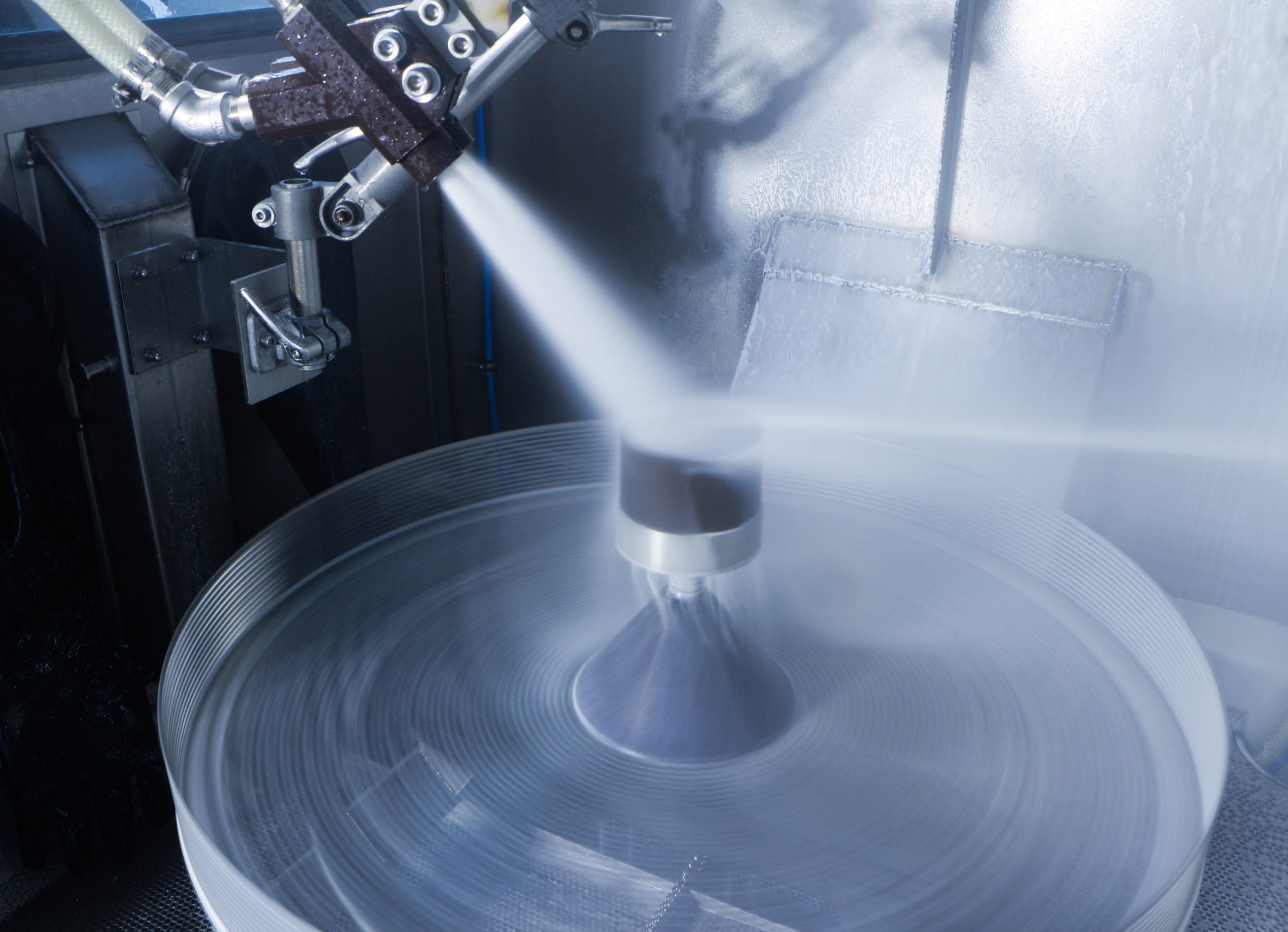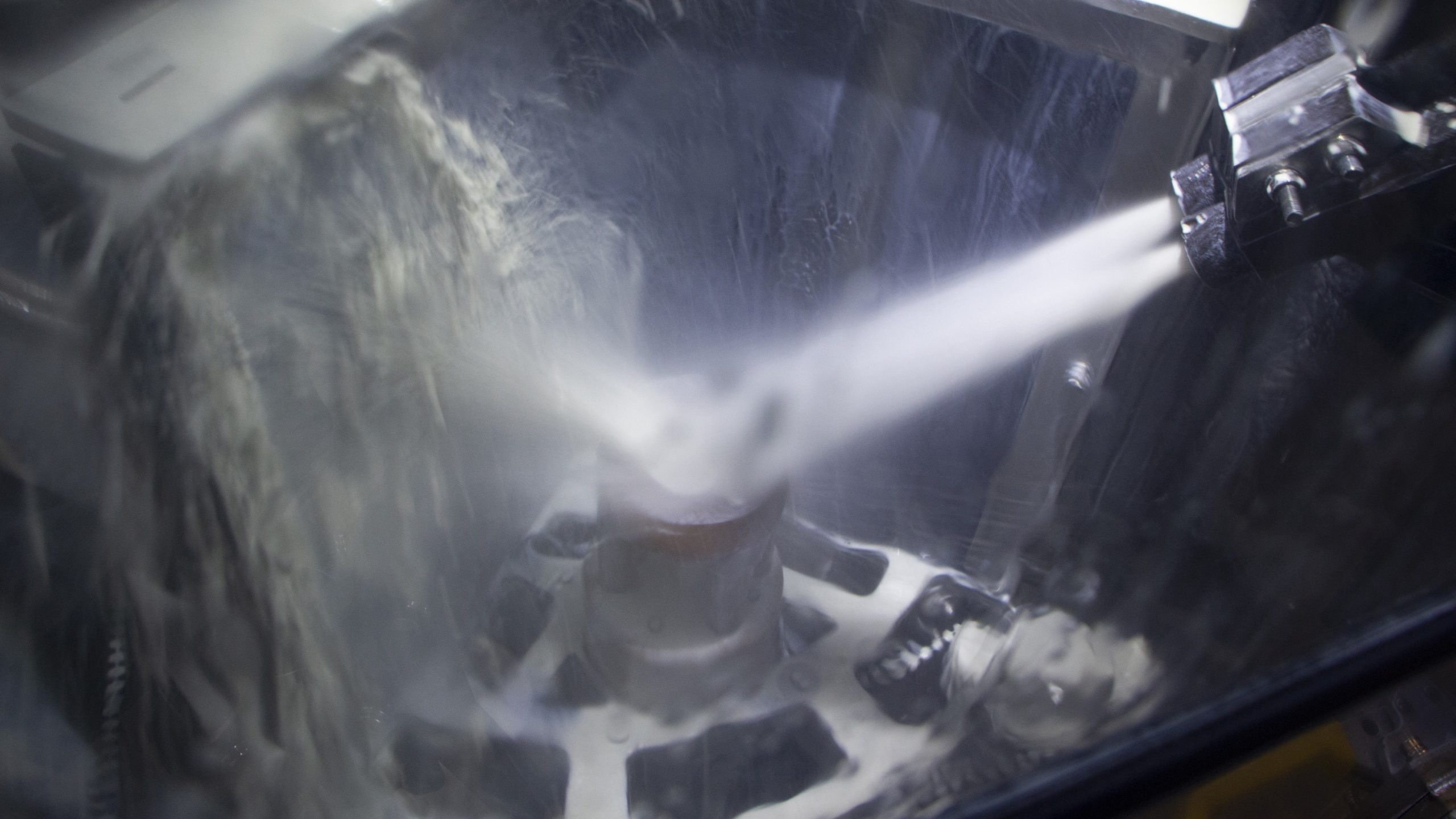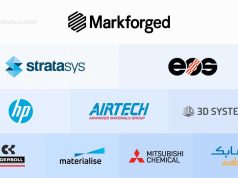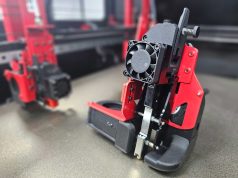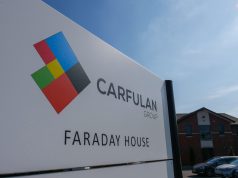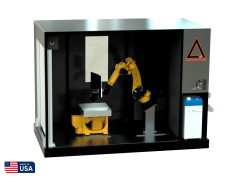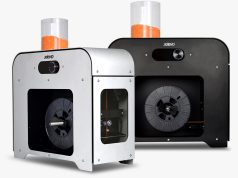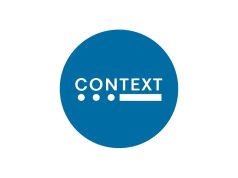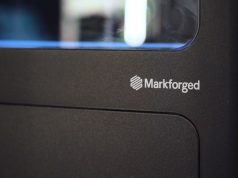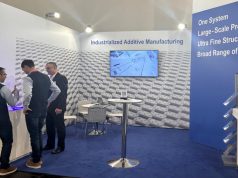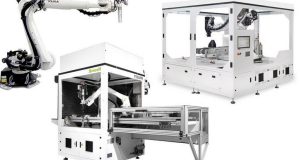Additive manufacturing continues to disrupt the traditional manufacturing paradigm, and every day secures a more robust foothold as a production technology. The reason for this is driven by advances in build processes that promote increases in speed, accuracy, and repeatability of production, and therefore increased yield ratios.
As is now well-known and accepted, AM is important as it facilitates the creation of geometrically complex parts and components, reduces waste, and allows for the creation of lighter structures with an obvious importance in the automotive, aerospace, and medical sectors. AM also allows for the simple production of replacement parts impossible or uneconomical to replace using traditional processes, meaning that machines can be repaired not replaced. All such advantages along with AM’s ability to democratise and localise manufacturing with all that implies in terms of shortened and domestic supply chains means that as a technology its future is assured.
AM & POST PROCESSING
But AM is not perfect, and one area where significant issues reside is in the surface finish of AM parts as they come out of the build chamber or off the build plate. Whether plastic or metal, AM produced parts require primary post-processing processes to remove powder or physical supports. But even then, AM parts are characterised by relatively poor look and feel, layer steps often being obvious, and surface roughness often being significantly high, which can affect aesthetics as well as functional performance. This means that in most instances, they require secondary post-processing to enhance surface form and finish.
With a significant part of the cost of a finished end-use AM part being the cost of post processing, the fight is on to develop efficient, repeatable, and automated AM post processing technologies. Many companies are working on and researching new bespoke AM post-processes, sometimes with impressive results, but usually restricted in usefulness to particular materials or geometries, and almost all being highly priced and over-engineered.
Because of this, an increasing number of traditional industry finishing processes are being refined and positioned for the post-processing of additively manufactured plastic and metal parts. A number of mass finishing technologies are already used such as vibratory finishing, tumble finishing, and shot blasting, and shot peening and chemical smoothing technologies all maintain a foothold.
In this article, however, we will take a look at a finishing / post-processing solution that is largely neglected when looking at AM parts, and that is wet blasting. Wet blasting is a clean, reliable, repeatable, and accurate process which creates parts with a consistently superior surface finish than alternative processes, and which is ideal for parts made using direct metal laser sintering (DMLS) and selective laser sintering (SLS).
WHAT IS WET BLASTING
From the family of shot blasting post-processing technologies, wet blasting is what it is called when water and abrasives media work together, and is particularly well suited for the finishing of delicate, precision-produced parts. The process is characterised as being dust free, can use very fine abrasives, uses very low volumes of abrasives due to the protective water layer, and minimises the risk of embedding (especially for soft metals). It also produces what is perhaps the most important AM post-processed part characteristic, superior surface finish.
Wet blasting typically sees a mix of between 10-40% abrasive media to water. The slurry is pumped to the blast gun and then accelerated to a high velocity using compressed air through a blast gun nozzle that is directed at the part. The blast media impact on the work piece creates the desired effect, be that cleaning, surface smoothing, coating preparation, cosmetic surface texturing, or peening.
The process removes powder and supports (from some plastic AM parts), and enhances surface finish in one, and the use of different media can either promote cosmetic or functional surface finish. Wet blasting machines can easily be integrated into an automated production line, or used as an isolated stand alone technology.
ADVANTAGES OF WET BLASTING
Wet blasting has benefits for the characteristics of the work piece itself, but also for the processing environment. The over-riding advantage is it gentleness, but also the process produces no dust, which prevents electro-static issues and therefore removes the need to consider ATEX regulations concerning explosive atmospheres. There is also no media impingement using wet blasting, an ever present problem with dry blasting where media particles can embed in the work piece surface compromising surface integrity.
Dry blasting generates significant heat during post processing which when combined with high impact energy of the media on the work piece can lead to warping and bending of delicate parts. Wet blasting by contrast is a cooler gentler process that is especially suited to the post processing of fragile thin-walled parts and components.
When it comes to powder removal on AM parts (even in hard to reach internal channels and features) wet blasting immediately washes away anything that is adhering to the work piece
In terms of surface finish, wet blasting promotes smoother finishes while being more precise, consistent, and repeatable. Finishes are fine and uniform, with low surface roughness of 100µm Ra being easily attainable. From a cosmetic surface finish perspective wet blasting creates a smooth matte effect, and the less abrasive nature of process and lack of warping and bending allows for the attainment of much tighter tolerances.
A key advantage is the versatility of the process, as blast intensities and media concentrations can be easily adjusted to accommodate different materials and the different geometric structures to eliminate damage to part form and function. It is usually preferable to source wet blasting equipment form suppliers that have the knowledge and experience to advise on the numerous technical features that combine in a wet blasting process to ensure that you achieve precise and repeatable result on a wide variety of work pieces.
As previously mentioned, depending on the specific wet blast process, the typical concentration of abrasive media in the slurry ranges from 10 to 40% by volume. Establishing the ideal concentration requires processing trials that are always best undertaken in collaboration with a technology expert.
WET BLASTING FOR ADDITIVE MANUFACTURING
Wet blasting is an essential technology for various AM post processing tasks. Wet blasting cleans the 3D printed components by removing residual powder and significantly reduces their initial high surface roughness. It is capable of de-powdering and providing general surface cleaning and initial surface smoothing from Ra 25 µm to 1–1.5 µm. The technology makes parts more homogeneous and therefore better prepared for effective mass finishing, which also takes less time once a part has been wet blasted.
On metal AM parts the loosely sintered grains on corners are effectively removed. The wet process eliminates the worry about residual powder containment or sparking during the blasting process.
Wet blasting can be applied to and provide numerous finishes to metal and non-metal parts alike. Different media and different blast intensity customises the surface finish achieved. In addition, many AM parts require coating or painting post-build, and wet blasting creates what is called a “wet out” surface that allows the optimal adhesion of paints or coatings.
Changing media amount and blast intensity allows the effective cleaning and depowdering of a variety of plastic and metal AM parts with wet blasting. Often, AM parts have difficult to reach internal channels and complex geometries which are not well served by dry blasting technologies, but which are easily and demonstrably cleaned and completely depowdered using wet blasting.
SUMMARY
While some companies expend huge resource on innovating bespoke post-processing solutions for AM parts, industry is now waking up to the fact that a broad range of traditional finishing technologies can be easily adapted to post process AM parts. When looked at through the prism of exacting tolerance attainment, superior surface finish, applicability to delicate and geometrically complex parts, and repeatability, wet blasting is a compelling technology for the post-processing of AM parts and components while remaining adaptable and cost effective.
Colin Spellacy, Head of Sales. Rösler UK / AM Solutions
All Pictures by AM Solutions
Find out more about AM Solutions at solutions-for-am.com.
Subscribe to our Newsletter
3DPResso is a weekly newsletter that links to the most exciting global stories from the 3D printing and additive manufacturing industry.




